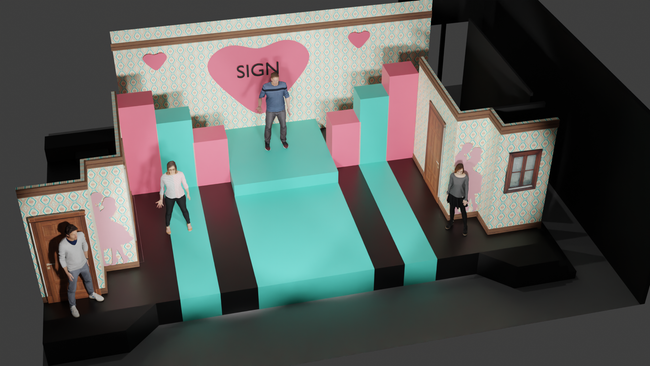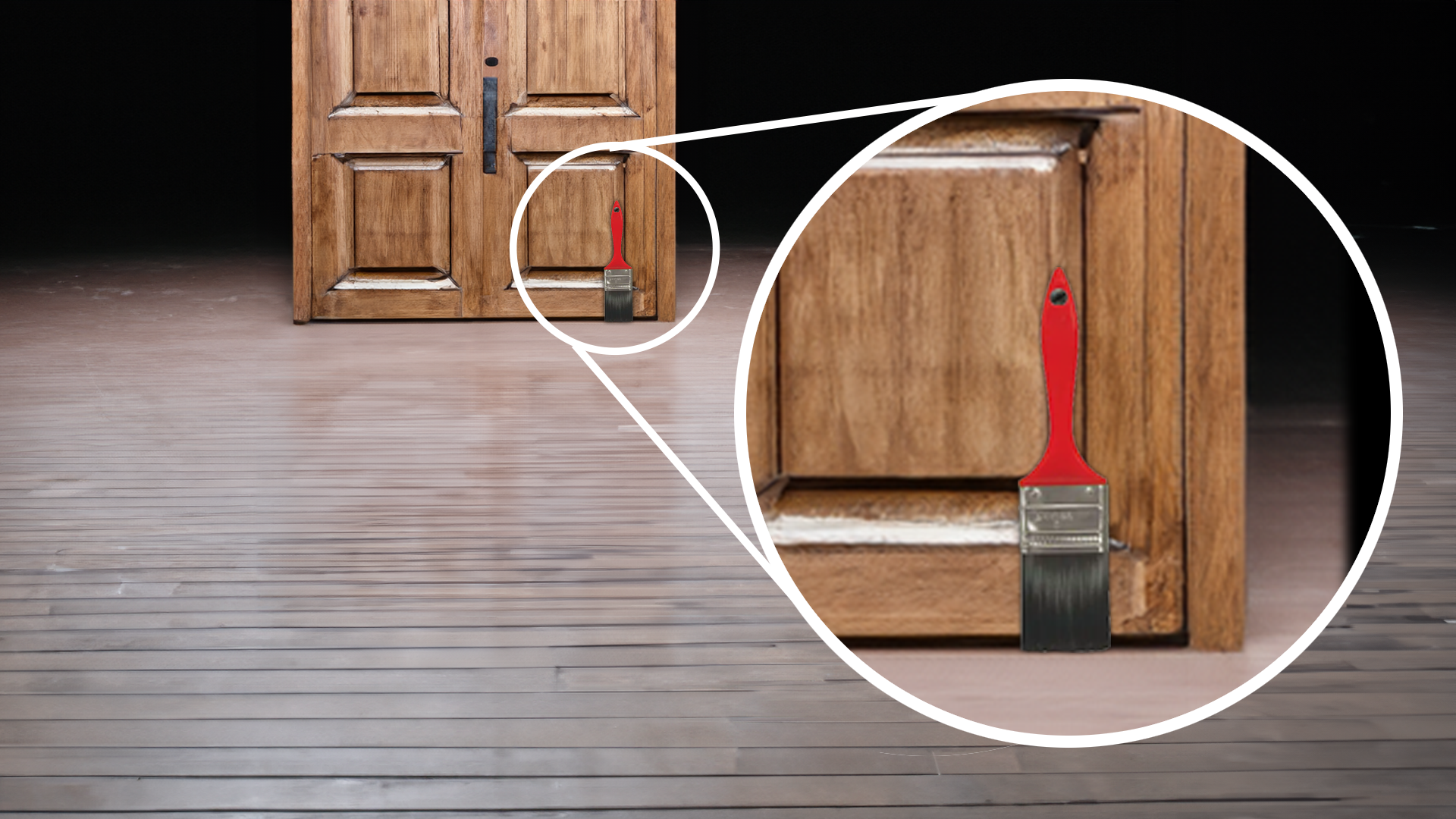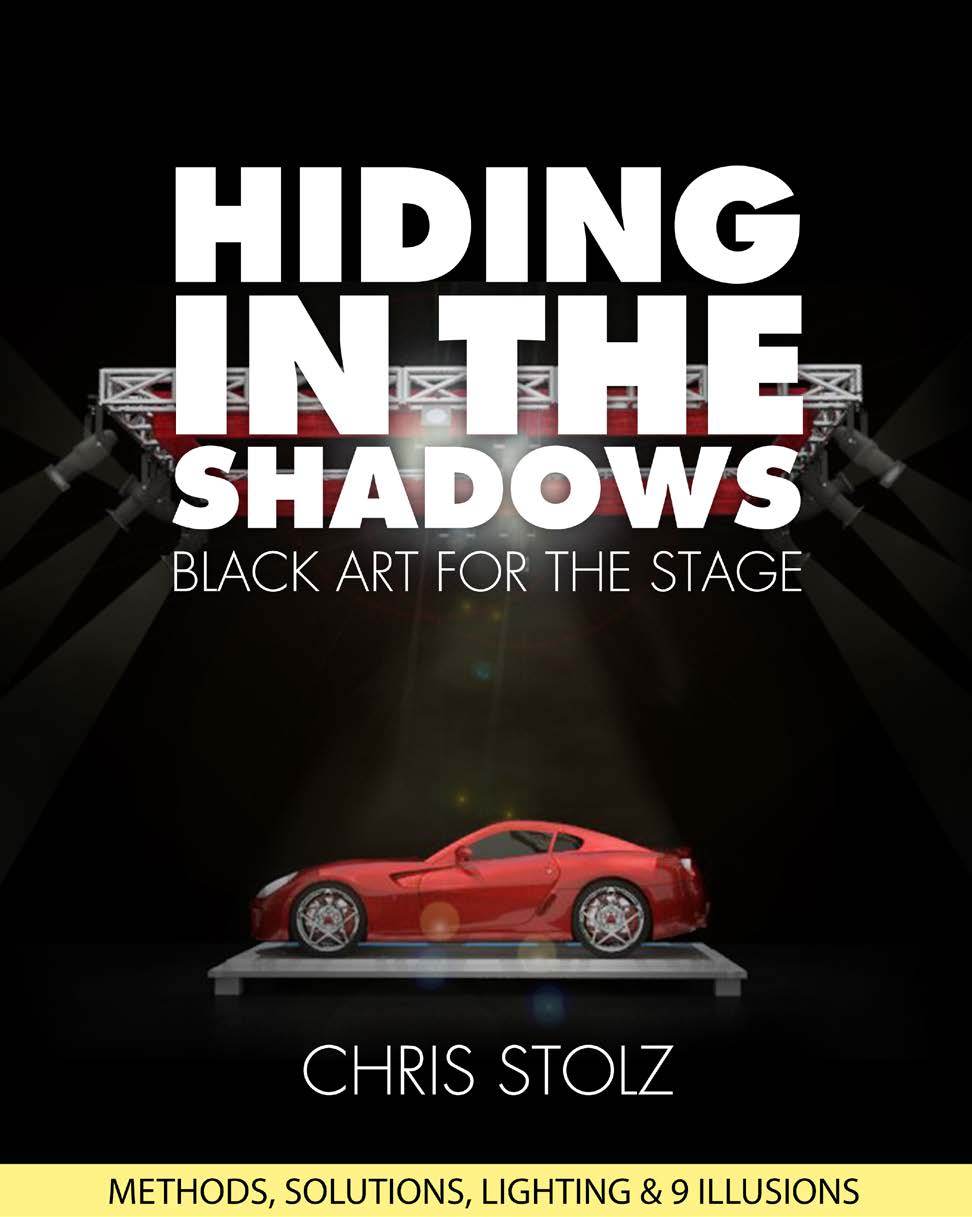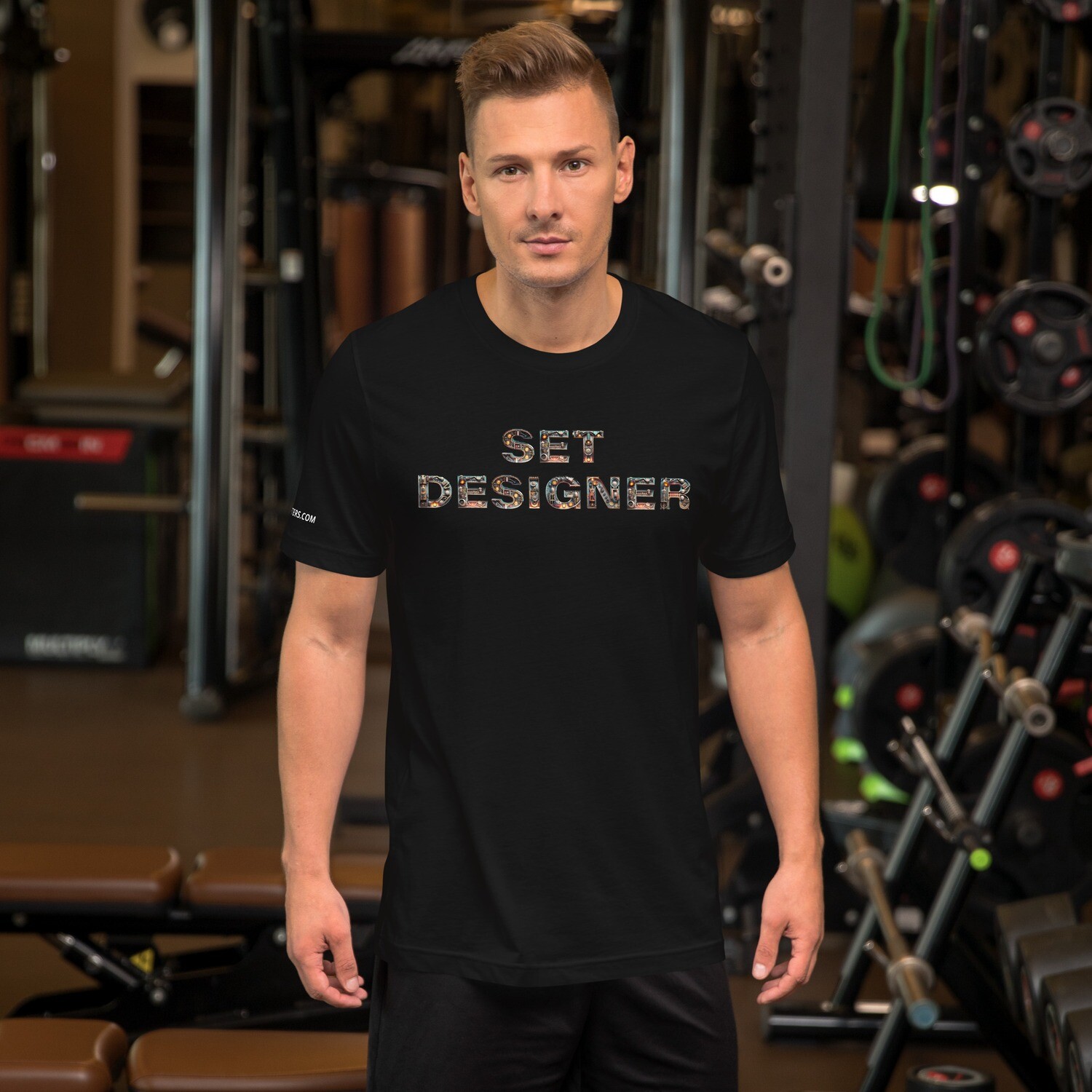WHAT WORLDS
WILL YOU CREATE?
Designer Credit: Chris Stolz. First Date.
Tips, Tricks & Articles

Spring 2025 Sponsor
Houdini Tickets!
Thanks To Houdini Tickets for helping keep this website running with your sponsorship!
Check out Houdini Tickets and subscribe to their mailing list for updates on their amazing new ticketing platform!

Limited Time
$10 BATB eBook Sale
Over 10 years ago, Chris Stolz put out a book on the Effects of Beauty and the Beast. Since the rights will largely unavailable at the end of this year, we're offing this eBook for just ten bucks.
The following effects have been created for Beauty and the Beast and are outlined in this ebook:
- The Floating Enchanted Rose Prop
- The Chip Cart
- The Enchantresses Fire 1: Fire from Hands
- The Enchantresses Fire 2: Flash Staff
- Beast Transformation 1: Mock Levitation
- Beast Transformation 2: Shadow Morph
From The Store

---- TWO COURSES COMING SOON ----
BLENDER & SKETCHUP FOR SET DESIGNERS
Introducing our Blender for Set Designers course! Blender is a free and open-source software that is used by artists all around the world. If you've ever wanted to learn to use this powerful software for designing a set, this course is your go-to.
Created specifically for Set Designers, this course will teach you all of the basics to get you going quickly.














